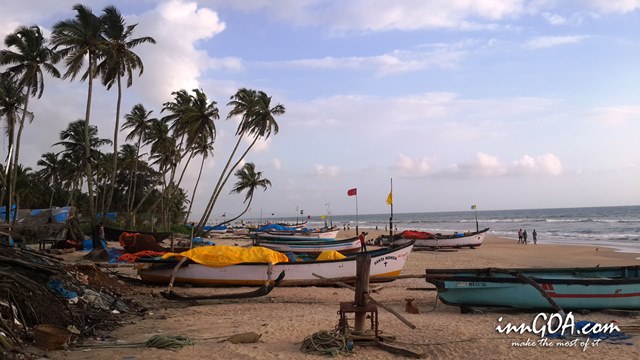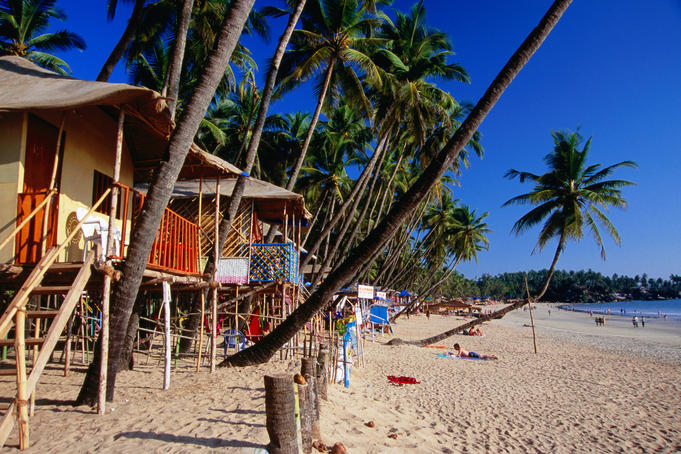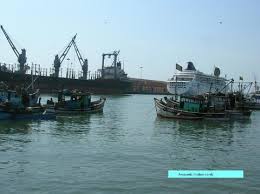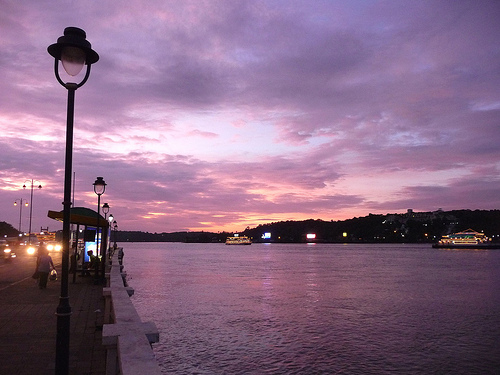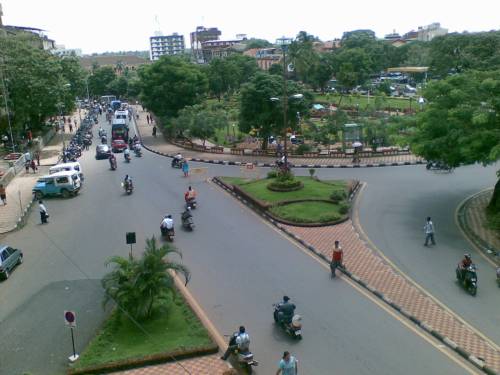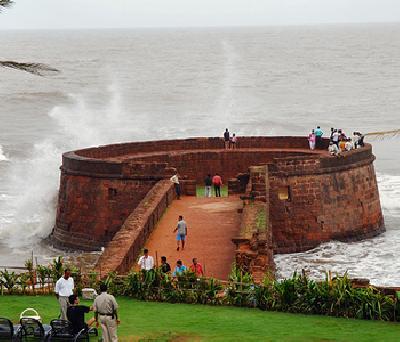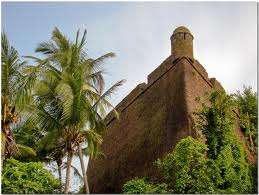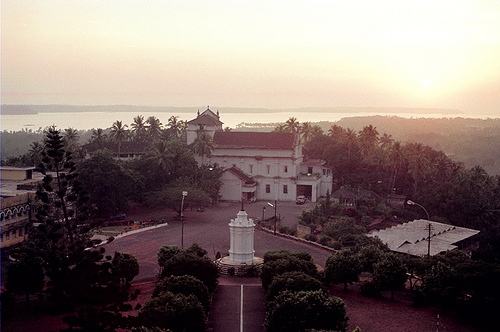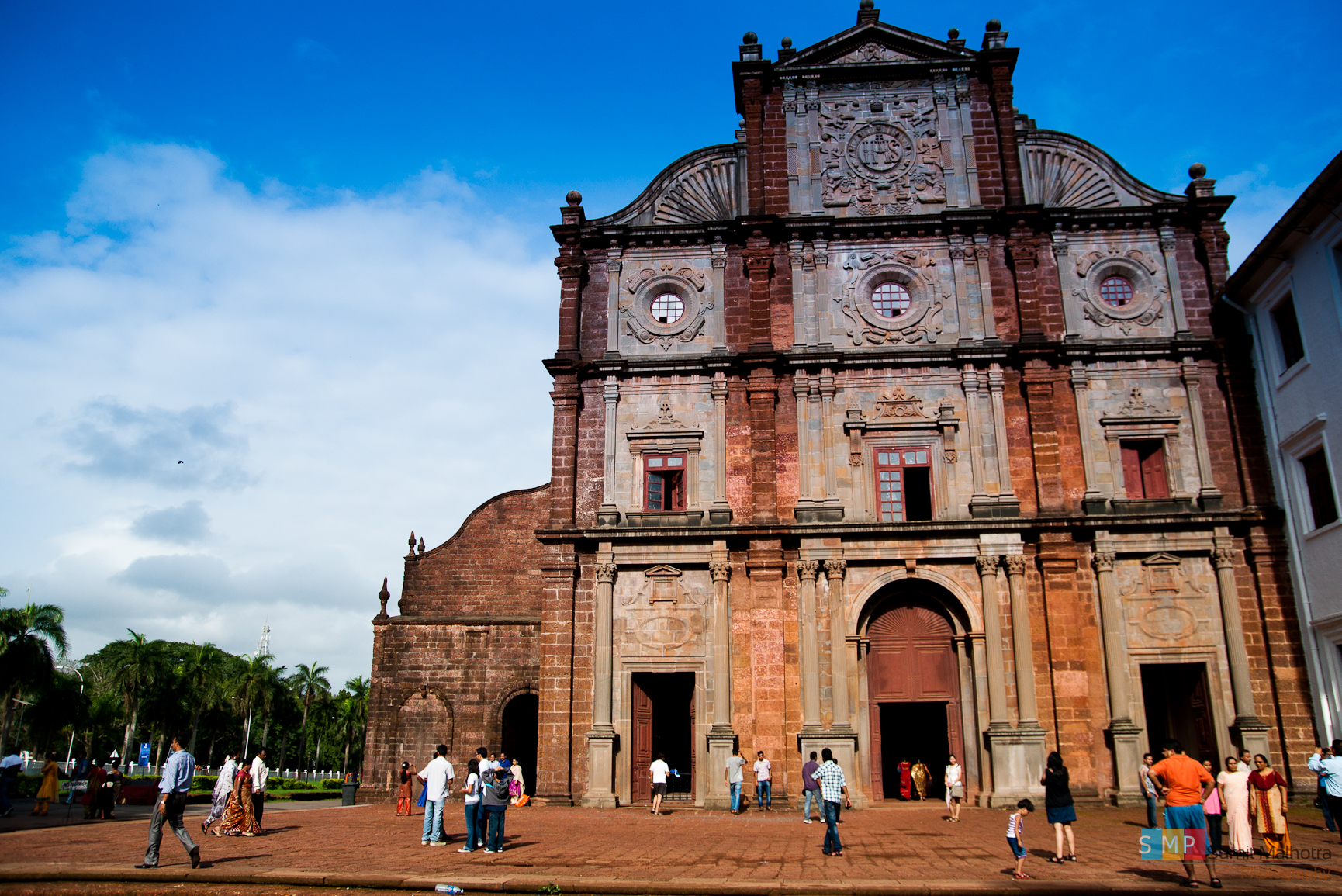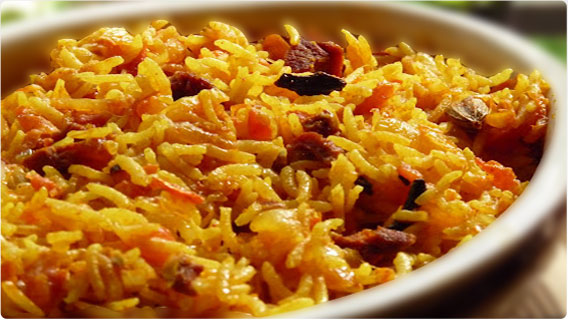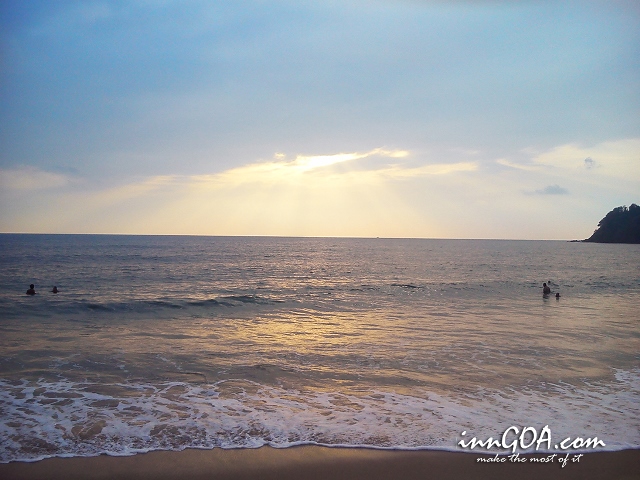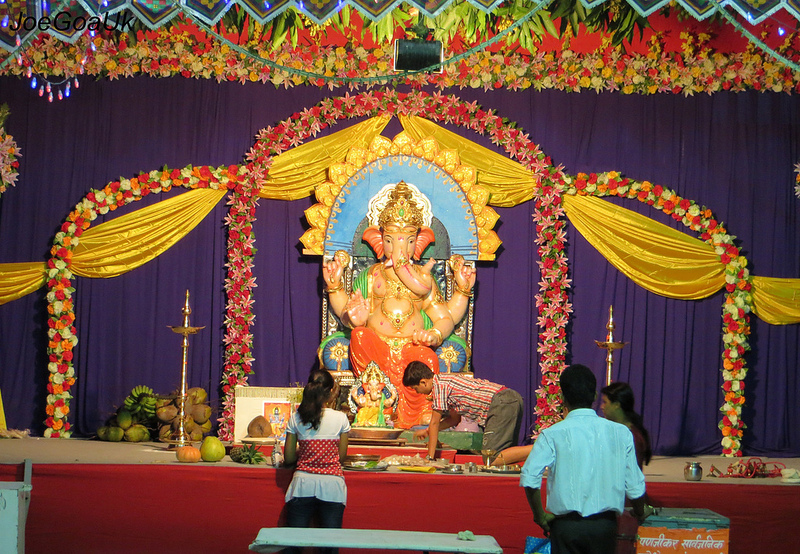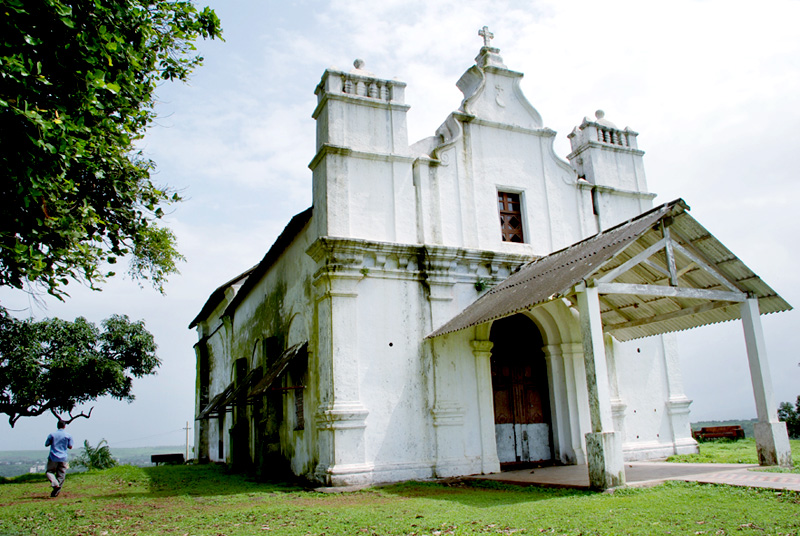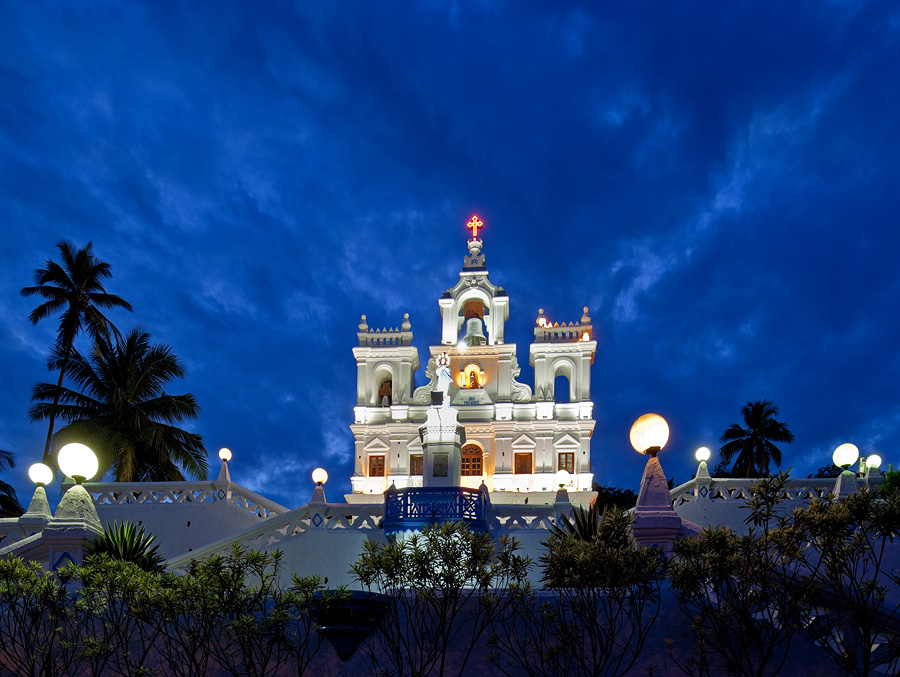OLD GOA – The Older Goa We Did Not Know Much About
Goa is rich with history, could we be any more oblivious to bit of history that we have managed to salvage? We travel along so many places without so much as to giving a second thought about it. And to imagine we are walking along the same paths that history was etched upon.
One of such places that is oozing with such rich history is Old Goa. Old Goa is situated roughly 9 km from Panjim, on the banks of the Mandovi river. You could reach there by a bus from the KTC bus stand from Panjim or perhaps a taxi. You will need atleast half pa day to adequately understand and appreciate the place.
What is this history that is mentioned so many times u say? The city was founded in the 15th century as a port on the banks of the Mandovi river by the rulers of the Bijapur Sultanate. The city was built to replace Govapuri, which lay a few kilometres to the south and had been used as port by the Kadamba and Vijayanagar kings. But then the city was captured by the Portuguese and was under the Portuguese rule from 1510. As memory serves us right, the Portuguese were trying to spread Christianity. By the mid 16th century, the city was evangelised by all orders since all of their headquarters were based there. But by the 17th century, since it was a swampy region, Old Goa was hit by malaria and cholera epidemics. This saw a vast difference in the population where the land was nearly abandoned! It was then that the viceroy moved to Panjim and the capital was then shifted to Panjim. That is how the city got its name, Old Goa or Velha Goa (‘Velha’ means ‘old’ in Portuguese) to distinguish it from the new capital Nova Goa (Panjim).
The Churches and Convents at Velha (Old) Goa owe their existence to the Portuguese rule in this part of the western coast of India. The most comprehensive group of churches and cathedrals built during 16th to 17th century AD at Old Goa comprise of the following: Church of St. Francis of Assisi Goa
Church of St. Francis of Assisi, Old Goa: Adjacent to the Cathedral is this church. Built in the 17th Century, a beautiful octagonal tabernacle ornately decorated has two statues, one of St Francis of Assisi and the other of Jesus on the cross. Vows of poverty, humility and obedience of St. Francis of Assisi are scripted right below these two statues.
Chapel Of St. Catherine, Old Goa
Chapel Of St.Catherine situated in Old Goa is dedicated to St. Catherine. It stands as a living monument of the conquest of Goa by Alburquerque. At one enters the chapel you will see a statue of Our Lady. There is also a beautiful altar dedicated to St. Catherine upon which stands another statue of Our Lady Of Peity.
St. Cajetan Church, Old Goa
St.Cajetan Church situated in Old Goa. Equally amazing is the high vault on which are inscribed the words of Christ “My House Is A House Of The Words Of Christ”.
The church has alters to dedicated to the Holy Family, Our Lady Of Piety and St.Clare and to the right are the altars dedicated to St. Agnes, St. Cajetan and St. John.
St. Augustine Church
The Built in 1602, the only ruin of the Church of St. Augustine on the Holy Hill at Old Goa near the Nunnery, is a lofty 46-metre high tower defying the torrential rains. The tower is one of the four of St. Augustine Church that once stood there. There were eight richly adorned chapels and four altars, and a convent with numerous cells and artistic columns attached to the church.
The Church when intact was perhaps the biggest in Goa. With the religious suppression in 1835, the Augustinians deserted the church and the convent. The latter was used for some time by the charitable institution of the Misericordia. The buildings fell into neglect resulting in the collapse of the vault on 8 September 1842. The Government appropriated the property selling the materials the following year. The façade and half of the tower fell in 1931 and some more parts of it collapsed in 1938.
The most well known one being the ‘Basilica of Bom Jesus’. Bom Jesus is said to be one of the grandest Churches to be raised in Asia vast and magnificent with ornaments suited to its greatness. Made of black granite, it part Doric and part Corinthian façade is elaborately carved. The ceiling is highly decorated. The Basilica holds the mortal remains of St. Francis Xavier, a very close friend of St. Ignatius Loyola with whom he founded the Society of Jesus (the Jesuits). It is said that the saint’s body was as fresh as the day it was buried. The remains of the saint still attract a huge number of devotees (Christian and non-Christian alike) from all over the world, especially during the public viewing of his body every ten years (last held in 2004). The saint is said to have miraculous powers of healing. That is one of the reasons there are large number of crowds that come to Old Goa, to Pray for their loved ones and hope for a miracle. The second reason being, the exquisite architecture that is marveled by all. It is open to the public.
The viceroy’s arc is another great piece of architecture to be looked out for. It was erected in 1599 by Viceroy Francisco da Gama (great grand son of Vasco Da Gama). This arch was once the main street for entering Old Goa. It was built in the memory of Vasco da Gama, the famous explorer, in order to pay tribute to his achievements.In 1954 The Viceroy’s Arch was reconstructed with Vasco da Gama’s figurine on the river side along with the sculpture of St. Catherine on the other side. It is also known to have been one of the gates of the Adil Shah’s Palace and is made of laterite. This ancient arch speaks the glory of Goa and is worth visiting as it gives a beautiful view of picturesque landscsape.
Old Goa is like a piece of heaven that we borrowed and kept as a reminder of our faith, something that we should never lose.





